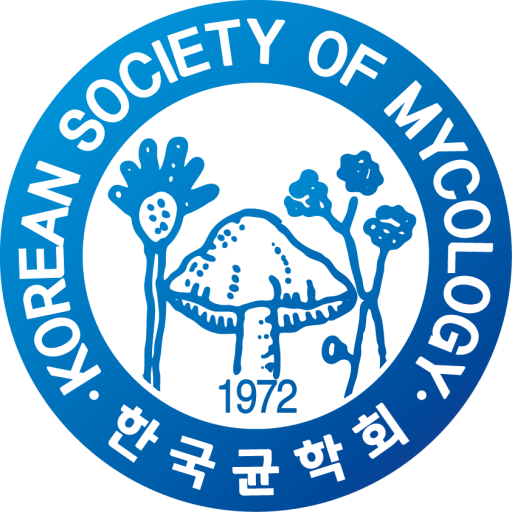The fungal microbiome of soybean (Glycine max) plays a pivotal role in promoting plant growth, facilitating nutrient acquisition, and enhancing tolerance to both biotic and abiotic stresses. Despite its ecological and agricultural importance, culture-based recovery of fungal taxa remains challenging because commonly used media often favor only limited groups. In this study, we systematically compared seven different media—half-strength R2A, R2A agar, soil extract agar (SEA), DG18 agar, Czapek-Dox agar, 10% potato dextrose agar (PDA), and water agar—for their efficiency in isolating fungi from soil, rhizosphere, and root endosphere samples of soybean cultivation systems. Across all media, a total of 30 species were identified based on colony morphology and ITS rDNA sequencing. Among these, 10% PDA and water agar supported the greatest species diversity. Importantly, several fungal taxa generally regarded as difficult to culture were successfully isolated, including strains with potential ecological significance and functional roles in plant health. These findings emphasize the value of combining selective media to recover a broader spectrum of soybean-associated fungi and establish a foundation for future ecological and biotechnological applications. [Supported by RDA, Korea: RS-2025-02653099]

 English
English